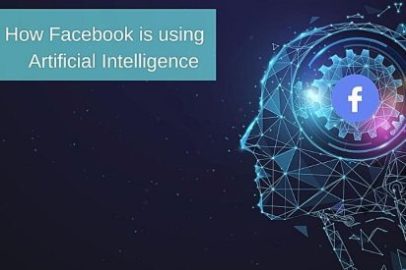Social networks are great opportunities for advertisers, but hate postings and rampant misinformation can tarnish the user experience. Facebook cleans up and supports its auditors with an effective tool: artificial intelligence.
Facebook and Instagram have removed more than 16 million pieces of content worldwide because, according to health experts, it was proven to contain incorrect information about Covid-19 or vaccinations.
The video series “Let me explain,” which explains complex topics on the social network, offers more insights on Facebook’s approach to countering misinformation about the Covid 19 vaccination.
Tough Nut For AI: Deep Fakes And Hate Memes
The latest challenges for AI include deep fakes and hate memes. Deep Fakes are artificially altered videos and images that cannot be seen as fakes with the naked eye. Hate memes use images and text, each of which seems harmless in itself. However, when combined, they result in a hurtful or discriminatory message.
Communicate Thanks Securely To AI
Ramanathan does not see free speech restricted by the work of the moderators and the AI. On the contrary. “We take the position that people on our platforms can openly express their opinions,” says the researcher. “However, this does not apply if you injure others or cause them harm.
Companies should also be able to participate without being associated with harmful or incorrect content. “The ultimate goal is therefore to provide a communication platform that is as secure as possible. “AI isn’t the only solution to problematic content,” says Ramanathan. “But it allows us to react faster and more effectively than with human labor alone.”
How the checking of posts and fact-checking work on Facebook is also the subject of an episode in the podcast Das Facebook Briefing, in which Max Biederbeck, Head of the German Fact-Checking Team at AFP, and Guido Bülow, Head of News Partnerships Central Europe at Facebook to discuss the basics of collaboration. It’s worth listening to.
Thanks to AI support, Facebook and Instagram are platforms on which users and advertisers can communicate helpfully and securely. Facebook AI Research, learn how open source tools and neural networks will help create places in the future where people like to be.
Also Read – Facebook Ads: What It Is And How It Works

